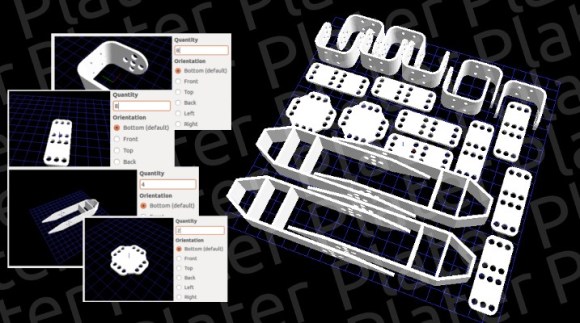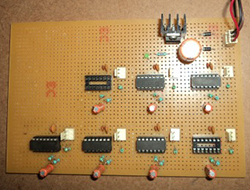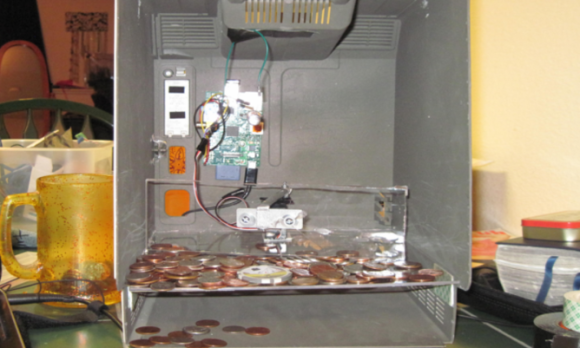[youtube=https://www.youtube.com/watch?v=L1N5oM4hmw8&w=580]
Failing to submit an entry for The Hackaday Prize is a big mistake. The worst you can do is make an awesome contribution to Open Hardware, but you could win a trip to space or hundreds of other prizes. It’s simple to get started:
- Sign up for an account on Hackaday.io
- Start documenting your project with the tag #TheHackadayPrize
- Click the “Submit project to…” button to make it official
Not simple enough? We even made some screenshots to prove how easy it is. Check them out after the break.
Make it connected, make it open, make it awesome, and you could win!




 When you think of a robotic arm, you’re probably thinking about digital control, microcontrollers, motor drivers, and possibly a feedback loop. Anyone who was lucky enough to have an Armatron knows this isn’t the case, but you’d still be surprised
When you think of a robotic arm, you’re probably thinking about digital control, microcontrollers, motor drivers, and possibly a feedback loop. Anyone who was lucky enough to have an Armatron knows this isn’t the case, but you’d still be surprised 










